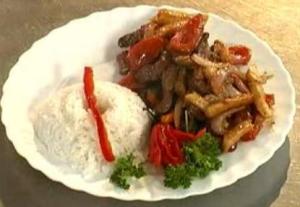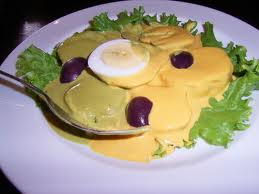Hola Gorda! Que dices Narizon? Oye Enano!
In Peru, if you are fat, you’ll be called Fatty. If you have a big nose, they’ll call you Narizon (Big Nose). And if you’re short, they’ll call you Midget. And it won’t be your enemies who will call you these names — it will be your lover, your best friend, your mother. In fact, being called Gordita (little fat girl) is a term of affection, even though any European or American girl would probably slap the person who said it.
When I first met one of my husband’s friends, I only knew him buy the name Gordis. He’s a big fat boy, who has been chubby since childhood, so no one ever calls him anything else. It took me years to find out his real name, and even today I struggle with what to call him. I just don’t remember. Is it Alberto Luis? Alberto Juan? Marco Luis? So I end up saying nothing. Too embarrassed to call him Gordis to his face.
Peru is definitely not the place for you if you’re easily insulted. You really have to have thick skin to live here. Let’s say you gain a couple of pounds. No one will hesitate to say “Hi Fat Girl, you’ve gained a lot of weight. What happened?” The same if you If you look sick, have a face full of zits, or have man boobs. You don’t have to wonder if people notice. Don’t worry. They will let you know.
But of course there some limits as to how far they will go. A guy in a wheelchair will not be called “Four Wheels”, a blind person will not be called “Darkness” and a person on his death bed will not be called “The Dead”. Funnily enough, the remarks are not meant to be hurtful, although they might seem exceptionally rude to us who grew up somewhere else.
And me? They call me Flaca (Skinny Girl). Until I gain weight, of course.



